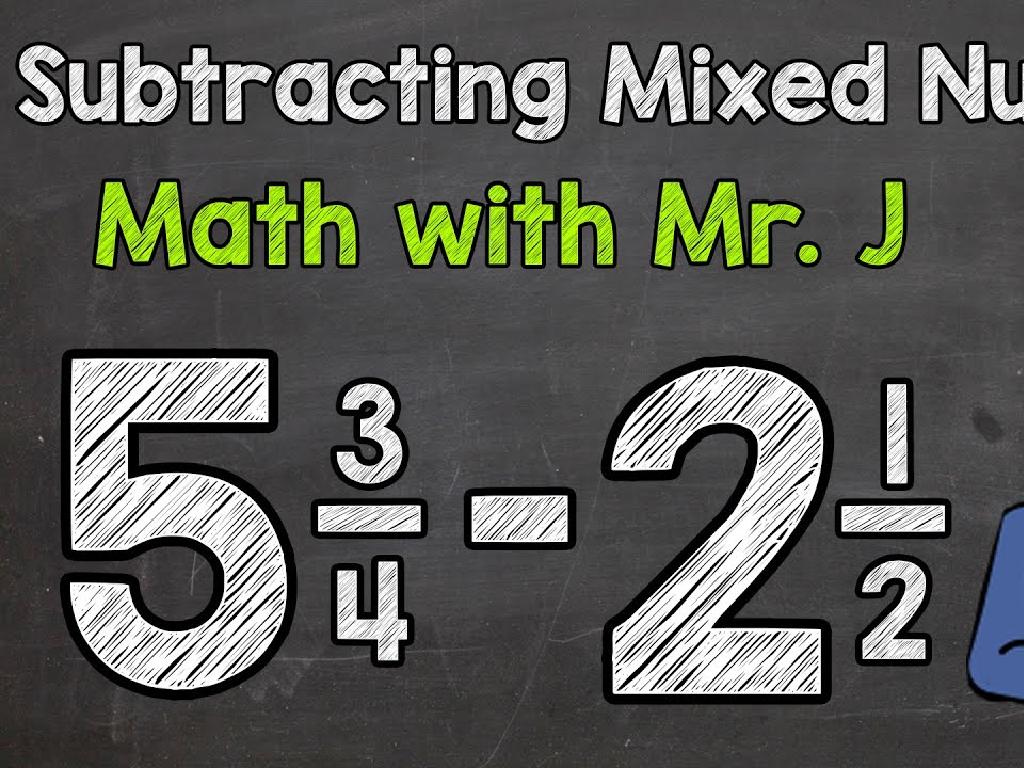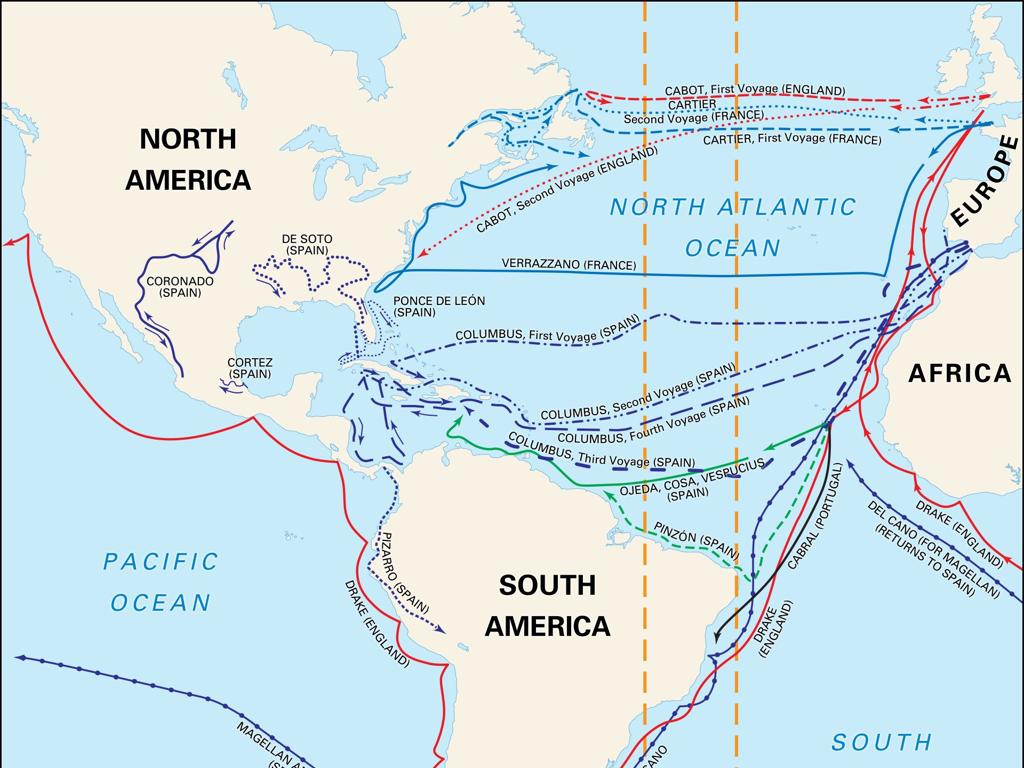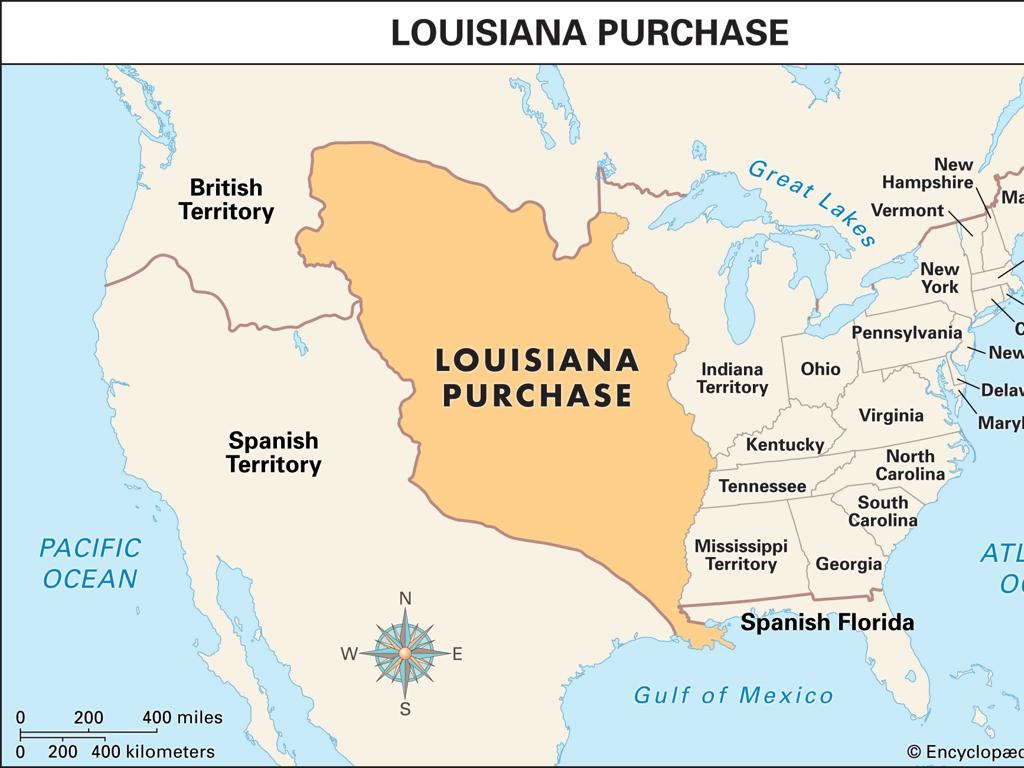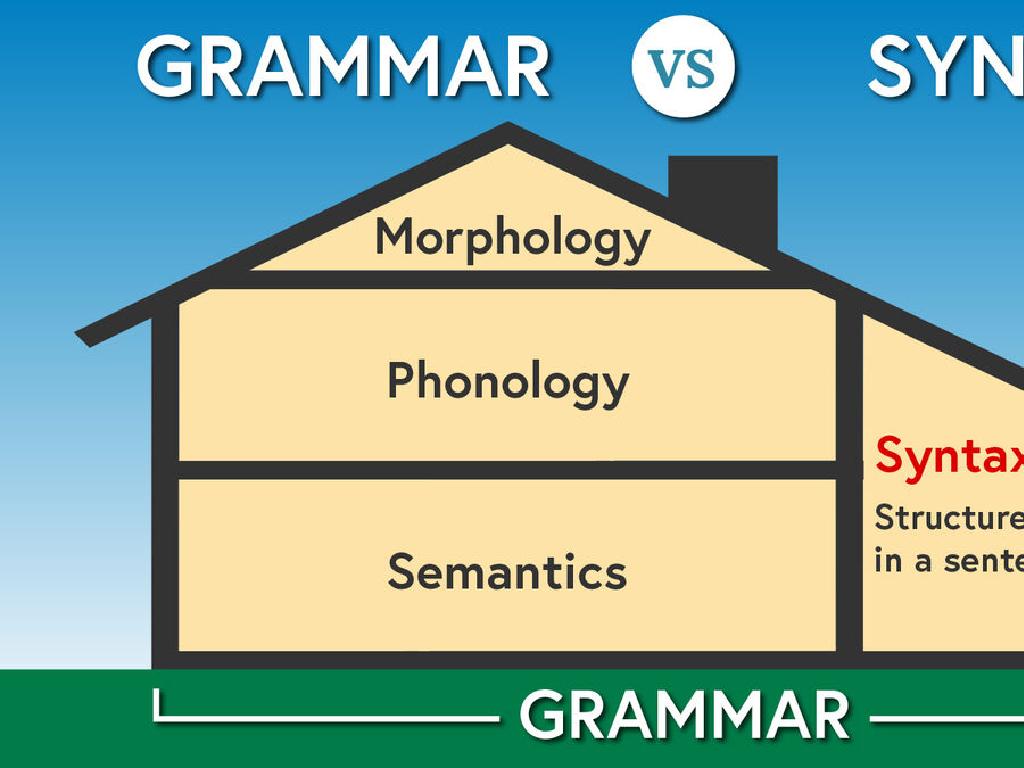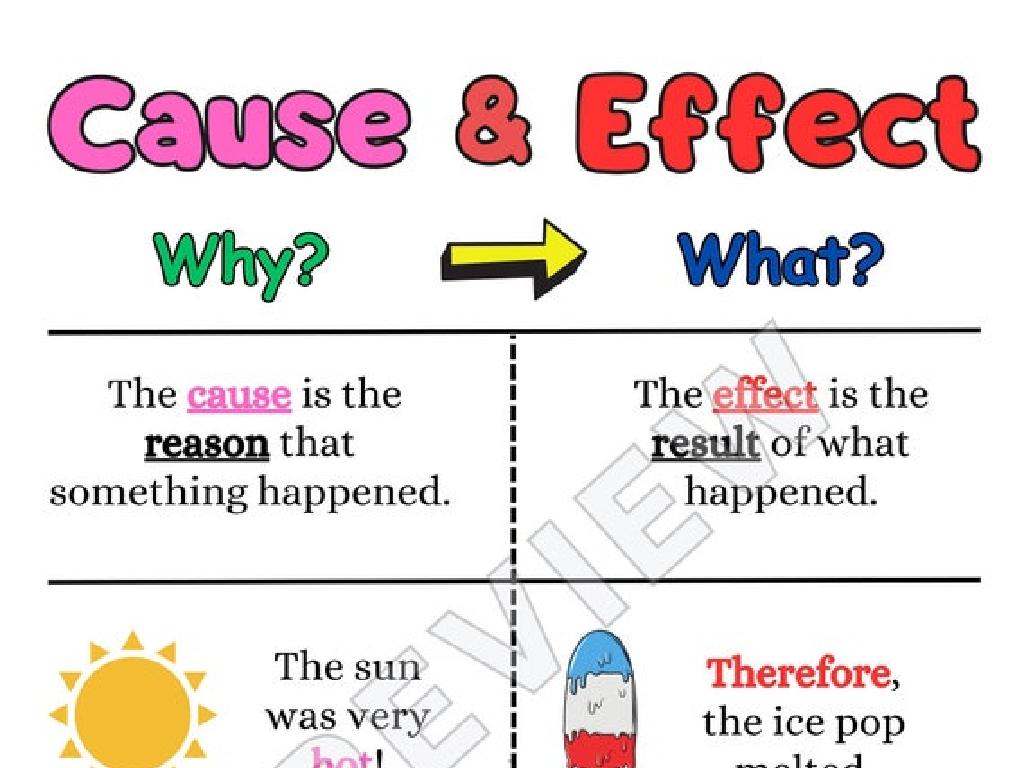Name Countries Of Oceania
Subject: Social studies
Grade: Eighth grade
Topic: Oceania: Geography
Please LOG IN to download the presentation. Access is available to registered users only.
View More Content
Exploring Oceania: A Geographic Journey
– Unveiling Oceania’s geography
– Oceania encompasses diverse islands in the Central and South Pacific Ocean.
– Continents vs. regions
– Understand the difference between a continent and a region to grasp Oceania’s classification.
– Countries of Oceania
– There are 14 countries, including Australia, New Zealand, and Papua New Guinea.
– Engage with the Pacific
– We’ll explore the unique aspects of these Pacific nations.
|
This slide introduces students to the geography of Oceania, setting the stage for a deeper dive into the region’s countries. Begin by discussing Oceania’s vast and varied geography, which includes thousands of islands. Clarify the concept of continents and regions, explaining why Oceania is often considered a region due to its dispersion of islands rather than a contiguous landmass. Highlight the 14 countries that make up Oceania, emphasizing the larger ones like Australia, New Zealand, and Papua New Guinea, and note that we will explore each one. Encourage students to think about what they already know about these places and to be ready to learn about the smaller, less well-known islands.
Exploring Oceania: A Diverse Region
– Oceania defined as a region
– A vast region spanning the Pacific Ocean with numerous islands.
– Geographical uniqueness of Oceania
– Home to a range of landscapes from coral reefs to volcanic islands.
– Cultural diversity in Oceania
– A tapestry of indigenous cultures, each with its own traditions.
– Linguistic variety across Oceania
– Over 1,100 languages spoken, showcasing immense linguistic richness.
|
Oceania is a geographic region that includes Australasia, Melanesia, Micronesia, and Polynesia, encompassing both the eastern and western hemispheres. It’s known for its sprawling islands and unique geographical features such as the Great Barrier Reef and numerous volcanic islands. The region is also celebrated for its cultural and linguistic diversity, with a multitude of indigenous peoples each with distinct customs, traditions, and languages. This slide aims to introduce students to the concept of Oceania and set the stage for further exploration into the individual countries that make up this vast and varied region.
Exploring the Countries of Oceania
– Overview of Oceania’s countries
– Oceania consists of 14 countries, including New Zealand and Fiji.
– Australia: Oceania’s largest nation
– Known for its diverse ecosystems and the Great Barrier Reef.
– Subregions: Melanesia, Micronesia, Polynesia
– Melanesia includes Fiji, Vanuatu; Micronesia has Palau, Guam; Polynesia includes Samoa, Tonga.
– Cultural and geographical diversity
|
This slide introduces students to the countries of Oceania, highlighting Australia as the largest and most well-known among them. It also breaks down Oceania into its three main subregions: Melanesia, Micronesia, and Polynesia, each with its unique cultural and geographical features. Discuss the diversity within these subregions, from the large landmass of Australia to the small island nations scattered across the Pacific Ocean. Encourage students to explore the individual characteristics of some countries within each subregion, noting differences in culture, language, and environment. This will help students appreciate the complexity and richness of Oceania’s geography and its peoples.
Exploring the Pacific Islands
– What are ‘Pacific Islands’?
– A vast region with thousands of islands in the Pacific Ocean
– Countries: Fiji, Samoa, Tonga
– Independent island nations with unique cultures and histories
– Territories in Oceania
– Areas that are not fully independent or sovereign
– Dependencies: significance & examples
– Non-sovereign regions controlled by other countries, e.g., New Caledonia (France), Cook Islands (NZ)
|
This slide aims to introduce students to the geographical and political landscape of Oceania, focusing on the Pacific Islands. Begin by explaining the term ‘Pacific Islands’ and its geographical context. Highlight examples of independent countries such as Fiji, Samoa, and Tonga, discussing their location, cultural significance, and any notable geographical features. Then, differentiate between territories and dependencies, explaining the political relationships they have with other sovereign nations. Provide examples and encourage students to explore these regions on a map to gain a better understanding of their global position and political status.
Oceania’s Smallest Nations
– Nauru and Tuvalu: Tiny Titans
– Nauru: 21 sq km, Tuvalu: 26 sq km
– Geography of Small Islands
– Isolated, limited resources, unique ecosystems
– Challenges for Small Nations
– Prone to climate change, limited economic growth
– Environmental & Economic Impacts
– Rising sea levels, resource dependency
|
This slide introduces students to the smallest countries in Oceania, Nauru and Tuvalu, focusing on their geographical features and the challenges they face. Emphasize the size of these nations and their unique position in the Pacific Ocean. Discuss how isolation and limited resources shape their ecosystems and economies. Highlight the significant impact of climate change on these small island nations, particularly concerning rising sea levels and economic vulnerability due to reliance on a narrow range of resources. Encourage students to think about the global responsibility towards these countries and the importance of international aid and environmental policies.
Class Activity: Mapping Oceania
– Engage in map labeling activity
– Identify and label Oceania countries
– Find countries like Australia, Fiji, and Samoa on the map
– Discuss geographical knowledge significance
– Why is it important to know about different countries and their locations?
– Share and reflect on the activity
– What did you learn from this exercise?
|
This interactive class activity is designed to help students familiarize themselves with the countries of Oceania through a hands-on map labeling exercise. Provide each student with a blank map of Oceania and a list of countries to be identified and labeled. Encourage collaboration and use this opportunity to discuss the importance of geographical knowledge in understanding world affairs, natural resources, and cultural diversity. After the activity, facilitate a class discussion where students can share their experiences and reflect on what they learned. Possible variations of the activity could include grouping students to work on different regions of Oceania, using digital maps for labeling, or assigning each student a specific country to research and present.
Oceania Explored: Review & Look Ahead
– Recap of Oceania’s countries
– Australia, New Zealand, Fiji, and more
– Reflect on today’s discoveries
– Think about unique features of each country
– Anticipate learning about Oceanic cultures
– What cultural aspects might we explore?
– Engage with a preview activity
|
As we conclude today’s lesson, we’ll review the countries of Oceania, ensuring students can identify key nations such as Australia, New Zealand, and the island nations of the Pacific like Fiji, Samoa, and Tonga. Encourage students to reflect on the geographical diversity and the unique characteristics they’ve learned about each country. Looking ahead, we’ll delve into the rich and varied cultures of Oceania, from indigenous traditions to contemporary society. To spark interest, consider a preview activity where students guess cultural facts about different Oceanic countries, setting the stage for the next lesson.

